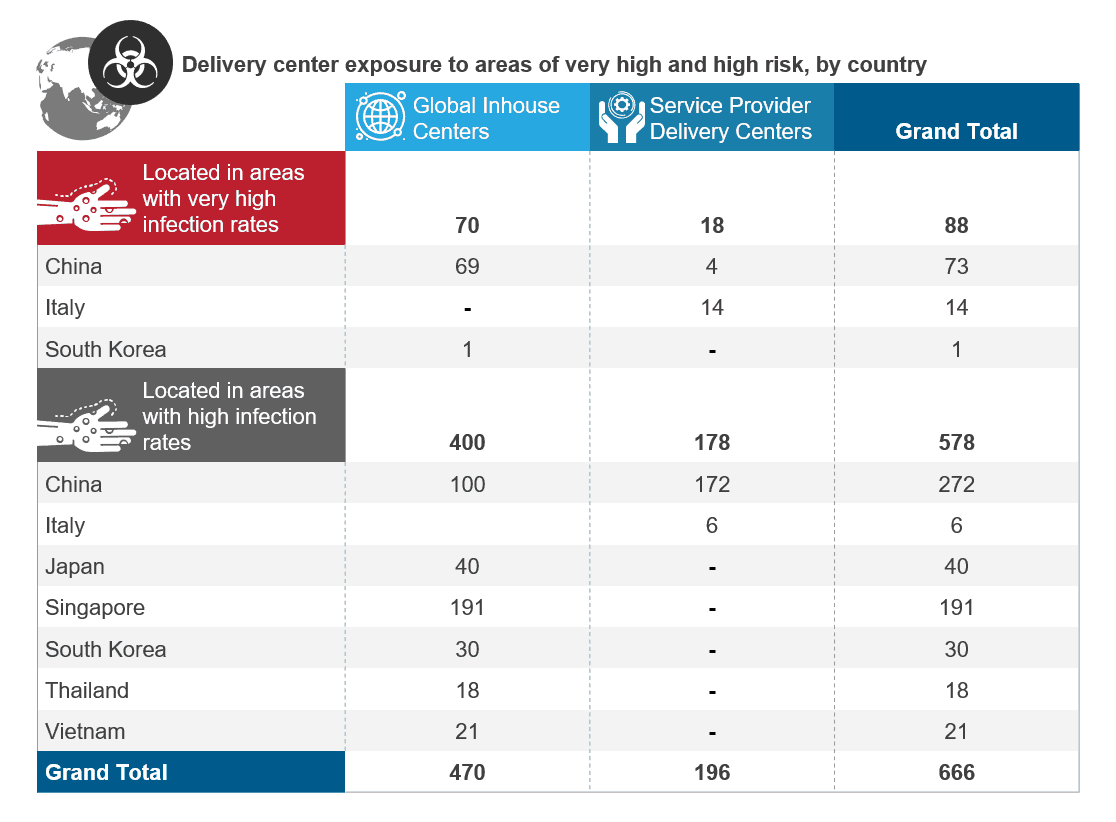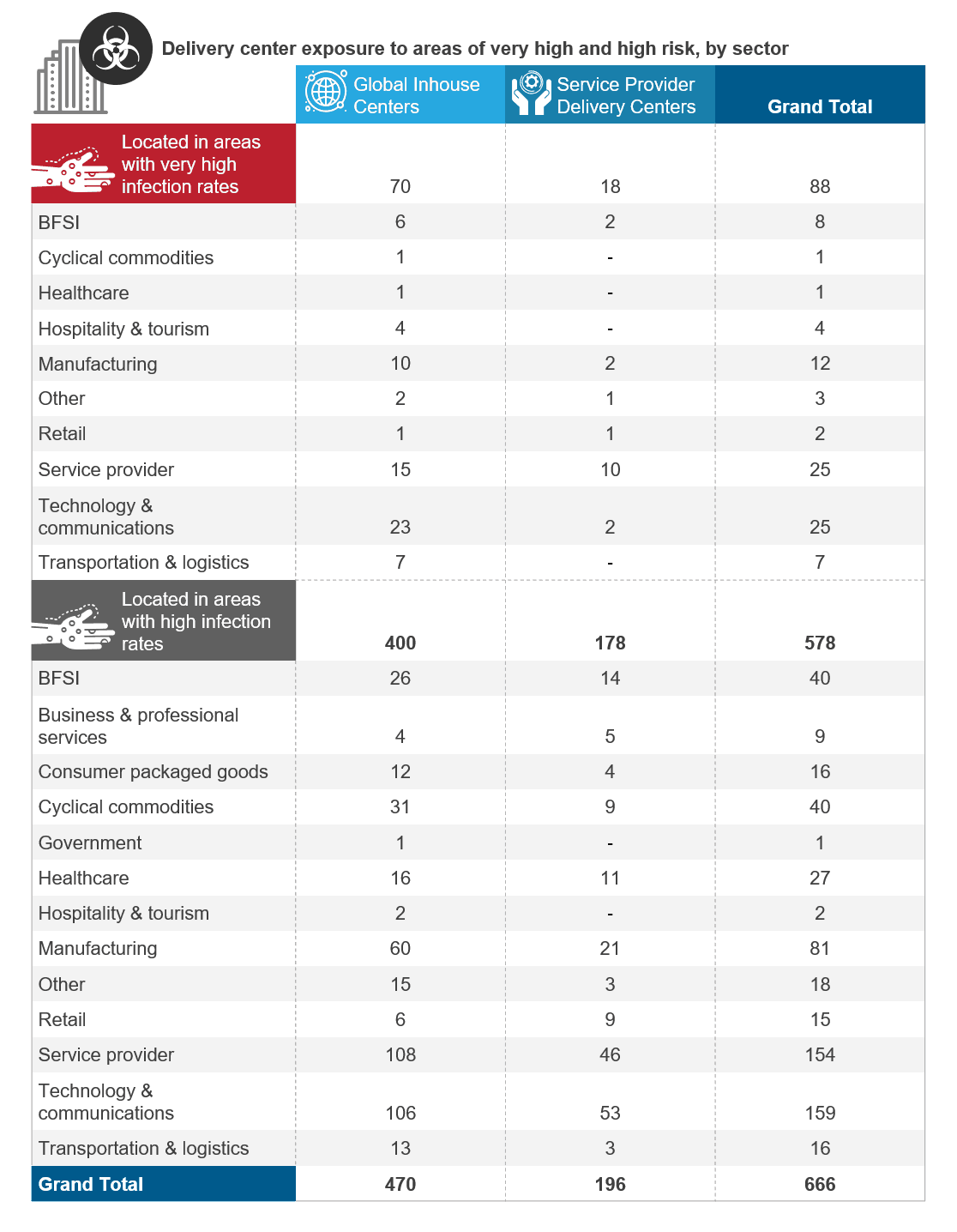Ukraine IT Sector: Resilient, Agile, and Hopefully Here to Stay | Blog
The Ukraine IT sector has grown as a result of, and not despite, its humble, post-Soviet origins, and characteristics of agility and resilience appear to be serving it well. Read on as we share the viewpoint of our expert who traveled to Ukraine after the dissolution of the Soviet Union in this blog.
In March 1992, four months after the dissolution of the Soviet Union, I traveled to Ukraine to attend a hastily convened conference on the liberalization of post-Soviet telecommunications in the Commonwealth of Independent States. Delegates flew into Simferopol on a Swiss Air charter, and we took a rickety bus ride across the Crimean Peninsula to Yalta, the site of the eponymous wartime conference.
The conference was chaotic but enlightening: Soviet telecommunications had been so Moscow-centric that at independence, Ukraine did not have a singular, state-owned telecom carrier and virtually no direct international circuits. Disparate local networks loosely managed by the Ministry of Transportation and Communications were spread across Ukraine’s 22 administrative districts. These networks became Ukrtelecom in 1994, but outdated and inefficient fixed-line service was overtaken by rapid mobile take-up from the mid-1990s.
The results? A generation of Ukrainians grew up with mobility as their default. And the legacy of decentralized infrastructure led to a fragmented internet marketplace with ten or more internet service providers. Mobility and decentralization spawned an entrepreneurial and healthy, if not spectacularly large, IT services sector that now has some 290,000 professionals – 79% of them “individual entrepreneurs,” that was worth over $6.83 billion in export revenue in 2021, according to industry association IT Ukraine.
The Ukraine IT sector, innately agile and resilient, was in many ways prepared even more thoroughly for the dislocation caused by the Russian invasion, having endured 20 months of pandemic-enforced remote working. Anecdotal evidence, popping up in podcasts, on LinkedIn, and in mainstream media, suggests that the Ukraine IT sector is very much still working. Companies like Intellias and Sigma Software in Lviv, GeeksForLess in Mykolaiv, Reface in Kyiv, and many more, have contributed, according to IT Ukraine, quoted in an April 6 article on DOU.ua, to “almost 85% of [IT] companies operat[ing] in a normal business rhythm.”
How long the Ukraine IT sector can maintain that normal business rhythm, of course, remains uncertain. While some look to post-war opportunities in an independent Ukraine, created by the outflow of business from Russia and possibly Belarus, the current reality is that the reduced appetite by foreign businesses for risk and the execution of business continuity plans have meant that work has started to move outside Ukraine.
That said, I expect a significant share of work that is currently being delivered, and that can continue to be delivered remotely, will remain longer-term with Ukrainian companies or contractors, irrespective of whether specialists are operating in western Ukraine or outside of the country.
Indeed, Lviv IT Cluster, a body representing business, academia, and local government, claims that upwards of 40,000 IT specialists have relocated to Lviv in western Ukraine since the invasion, swelling the available talent headcount in the city to between 70,000 and 100,000. For now, internet and power in Lviv still function, and as long as they do, the Ukraine IT sector will find a way to continue its normal business rhythm.
To discuss the Ukraine IT sector further, please reach out to [email protected] or contact us.
Learn more about the current impacts in the Ukraine region in our LinkedIn Live session, How to Manage the Ukraine-Russia Impact on Service Delivery.







